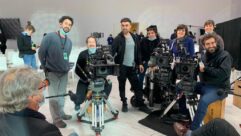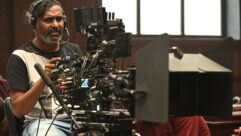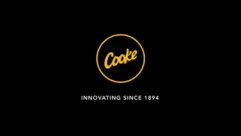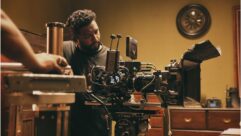An ambitious new modern take on Romeo & Juliet, where a theatre rehearsal and performance gradually morph into a heightened reality, was captured by cinematographer Tim Sidell using Cooke S7/i Full Frame lenses and Canon K35s on a Sony Venice camera.
Shot at the National Theatre over 17 days while it was closed during the pandemic, the film begins with a theatre group rehearsing the play in a simple space with only a few props. Realism grows as the film progresses – a stick wielded in rehearsal later becomes a knife, and the sets become more detailed and more filmic. Josh O’Connor (The Crown, God’s Own Country) and Jessie Buckley (Chernobyl, Fargo) take the title roles.
“I was attracted to the project because of its hybrid approach – rather than a film of a stage play, the stage is a location for a film – and I was also interested in the collaborative nature of the production”, said Sidell. “The director, Simon Godwin, has enormous experience and success as a theatre director but had never directed for the camera. I leaned on my background in fine art and video installation along with my cinematography experience and it was exciting to work together to create something new. It was a very intense experience and I felt a huge sense of ownership as a key collaborator.”
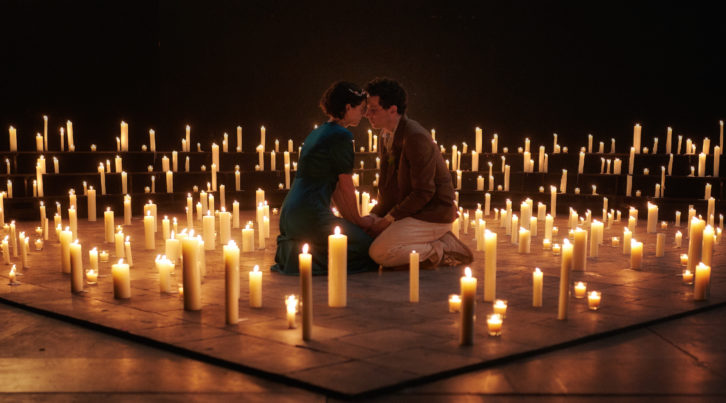
Sidell pushed for camera and lighting tests during rehearsals to demonstrate to the Director how the theatre setting would be captured on camera.
“As a theatre, the National Theatre is unbeatable, but the hard spotlights were not quite right for film,” he said. “I submitted a lighting plan grouping those spots into large controllable softboxes and with the optional addition of what we called ‘the big cloud’ – a 45ft square cloth covering those sources, which our gaffer Sam Alberg was able to rig to the flybars above the stage. We also brought in some film lights at the edges and used mirrors to bounce theatre lights. It was a wonderful fusion between the worlds of film and theatre and we achieved greater flexibility and speed because of the rich resources at the National Theatre.”
Sidell chose to shoot with the Sony Venice. “I love the Venice as it’s very organic, more than any other digital camera I’ve used,” he said. “It has a more ‘human’ feel and a lot of that is to do with the color – the way it renders skin is incredible. It’s also full-frame so there’s more depth of field range to play with.”
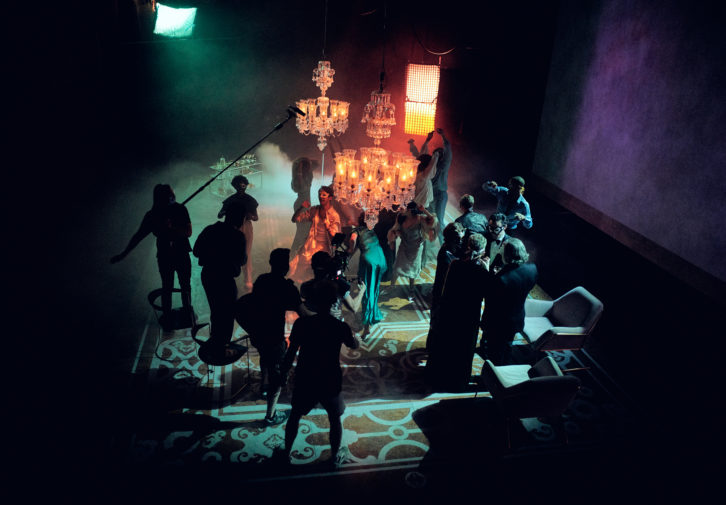
While Sidell chose Canon K35 lenses for the more intimate handheld documentary-style shots, he needed a complementary lens set for the more fully realized scenes later in the film, with more focal lengths and a little more contrast.
“We tested lots of full-frame lenses and found that the Cooke S7/i’s had similar organic qualities to the K35s and they blended well,” he said, “They don’t feel too clean; I like the way the focus falls off, and the contrast is very elegant. Having a range of focal lengths to choose from is also great. Shooting full- frame is different from shooting S35 and the slightly-longer-than medium focal lengths are so good for portraiture – I love the Cooke 65mm. Having so many choices close together at the wide end is also really useful.”
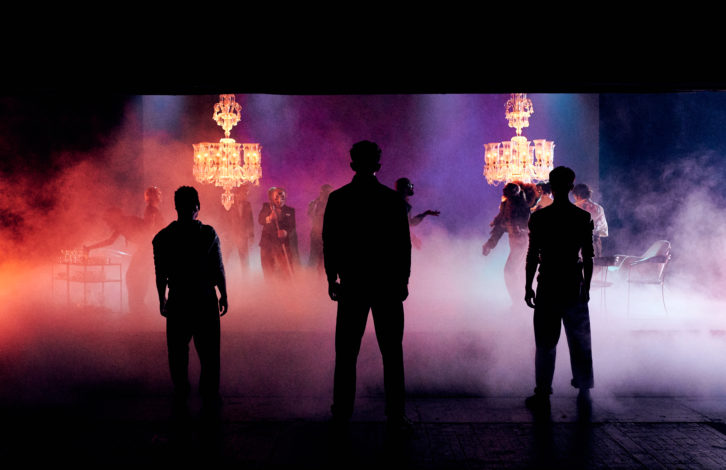 Photo by Rob Youngson at the National Theatre – Romeo and Juliet
Photo by Rob Youngson at the National Theatre – Romeo and Juliet
Sidell used the Cooke lenses with the Sony Venice on a dolly track as well as a Scorpio Techno Crane with a manual fluid head where he would have control with a rocker switch, which gave the freedom of handheld but a more classic movement. Movietech supplied the entire camera and lens package and Panavision supplied the Scorpio.
# # #


